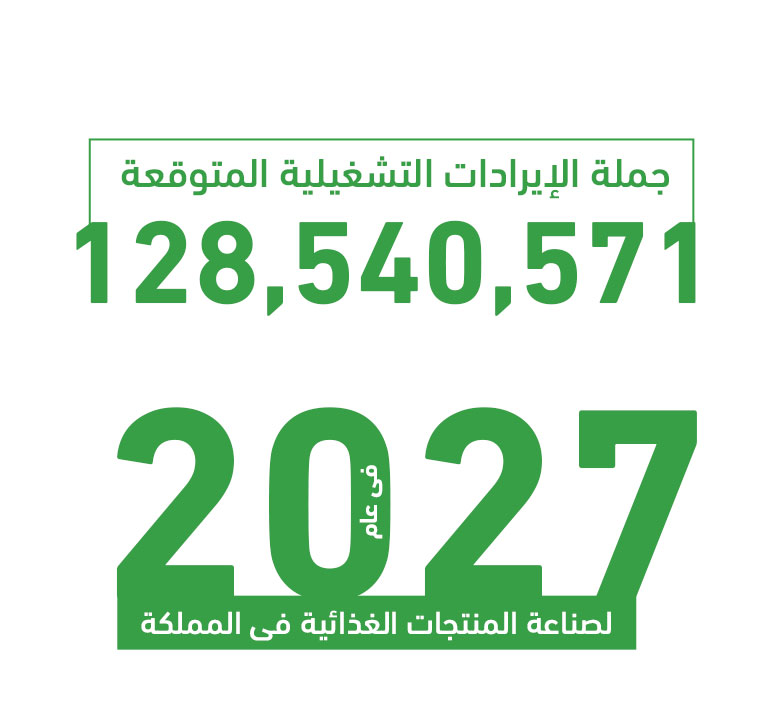It is a factory for bottling and refining sunflower oil and corn oil. The factory refines corn and sunflower oil into pure oil packed in plastic containers.
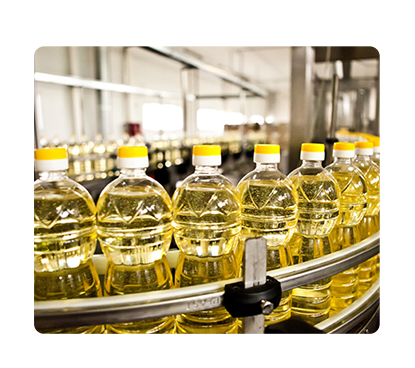
It is a factory for bottling and refining sunflower and corn oil. The factory refines corn and sunflower oil into pure oil packed in plastic containers.<The factory targets wholesale and retail stores, the hypermarket sector, the individual sector, in addition to the hotel and restaurant sector. The demand for the products of the sunflower and corn oil bottling and refining plant is characterized by increase and continuity, especially with the increase in food consumption rates and the increase in spending on food.<The factory aims to contribute to covering part of the increasing demand for edible oils by using the latest methods in the field of oil packaging.<Food expenditure represents 16% of total household expenditure, and the increase in average income per capita indicates an increase in food expenditure.<Therefore, investing in the food sector is considered one of the great investment opportunities that achieve high economic returns.
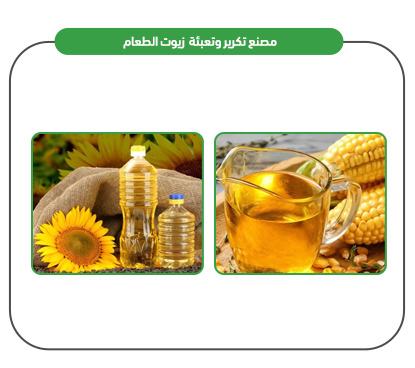

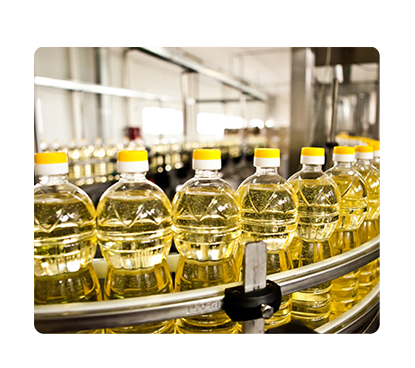
Executive Summary
Study of project services/products
Market size study.
Risk assessment study.
Technical study
Financial study.
Organizational and administrative study.
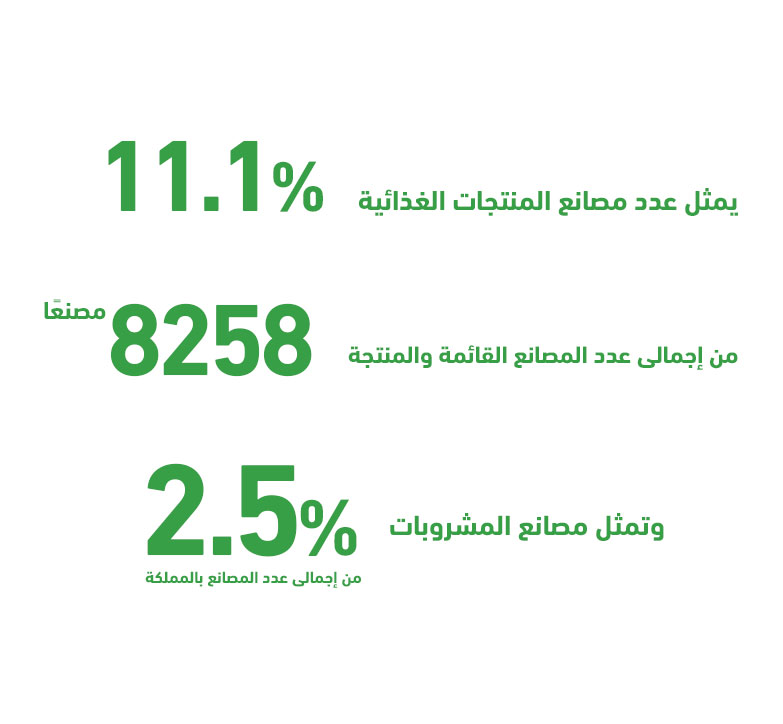
he GCC countries comprise 0.7% of the world’s population; however, they account for 3% of global spending on processed food and beverages, amounting to $102 billion out of a total of $3.4 trillion. This indicates a high per capita food consumption in the region, exceeding the global average.
This is not surprising upon closer examination, as the population of the GCC now exceeds 58 million, with approximately 56.3% of them falling within the 25–54 age group. This key demographic is the driving force behind the food industry market, as it is the most dynamic and youthful segment.
Since Saudi Arabia alone accounts for about 59.7% of the total GCC population and holds over 53% of the food and beverage market share, “Mashroo3k” has decided to present key indicators of this vital market in the Kingdom, based on the latest available statistics.
